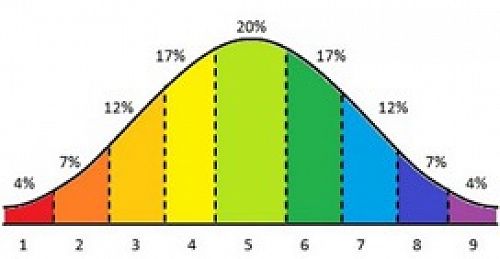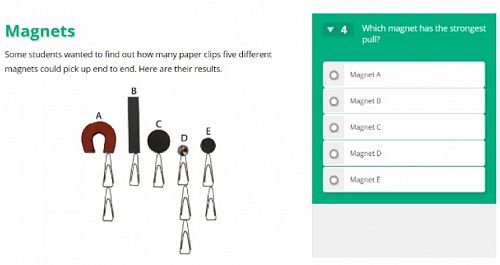
Year 9-11 Assessment Information
On the KAMAR portal you are able to view assessment data for your young person.
For Year 9 students this includes the e-AsTTle entrance assessments sat last year. The assessment data you can view is the e-AsTTle Entrance Test for Mathematics and Reading, and the Science Thinking with Evidence test. Students sit the Science thinking assessment at the start of Year 9, at the end of Year 9 and the end of Year 10.
The e-AsTTle assessment data can be viewed on the KAMAR portal under the “Current years results” section.
For Year 10 students this includes the e-AsTTle entrance assessments sat two years ago and Year 9 eAsTTle assessments in English and Mathematics. The PAT (note we are no longer using this assessment in 2022) and e-AsTTle assessment data can be viewed on the KAMAR portal under “All results”. The Science and Thinking assessment can be found under the Science results (Initial Assessment - Science Thinking with Evidence). Students sit the Science thinking assessment at the start of Year 9, at the end of Year 9 and the end of Year 10.
For Year 11 students all Year 8, 9 and 10 assessments can be viewed under the heading “View all results”.
This data is used by teachers to help inform their teaching, identify next learning steps for students and to track students in their learning journey from Year 9 through to Year 11.
The e-AsTTle Assessments for Mathematics and Reading allow the students to be assessed against the New Zealand curriculum. Each curriculum level has been split into three parts - Basic, Proficient and Advanced. See attached photo of Years and Curriculum Levels.
PAT Reading Comprehension assesses how well Year 4 to Year 10 students understand the text they are reading. Each test is organised around several extended pieces of writing which include stories, poems, reports and explanations.
PAT Reading Vocabulary assesses Year 4 to Year 10 students’ ability to understand the words they read. Each question is based around a keyword that is embedded in a short sentence. Students are asked to choose a synonym that best represents the meaning of this word from a list of five possible alternatives.
Year 9 and 10 Assessment
We are starting the transition in the junior school to move away from assessing topics using Achieved, Merit and Excellence marking criteria. For 2022 all Year 9 courses will move to the new assessment criteria to give more specific information about learning. Most subjects will be using curriculum levels or give an indication of how students are progressing in their learning. See the diagram that shows curriculum levels above for further information to explain the levels.
Scores are recorded as stanines. There are nine levels of achievement, with the lowest performance level being stanine one and the highest stanine nine. For example, you may be told that when compared with all Year 9 students nationally, your child is in stanine 7. Since the average stanine is stanine five, this indicates an above average performance.
Junior Science: Thinking with Evidence is a standardised science assessment explicitly linked to two aspects of The New Zealand Curriculum: the Nature of Science strand and one of the key competencies–thinking.
Students are asked to think critically about, and use evidence from, a range of interesting contexts of relevance to New Zealand students. Questions are multiple choice and scores are recorded as stanines. (See example included).
Gallery


